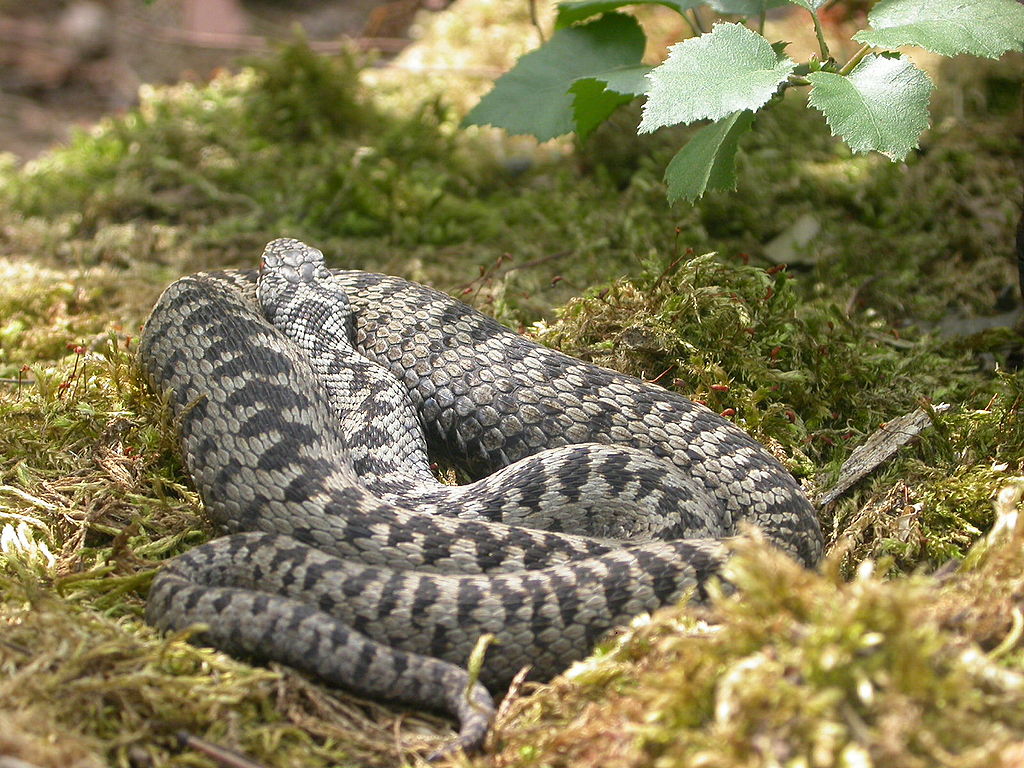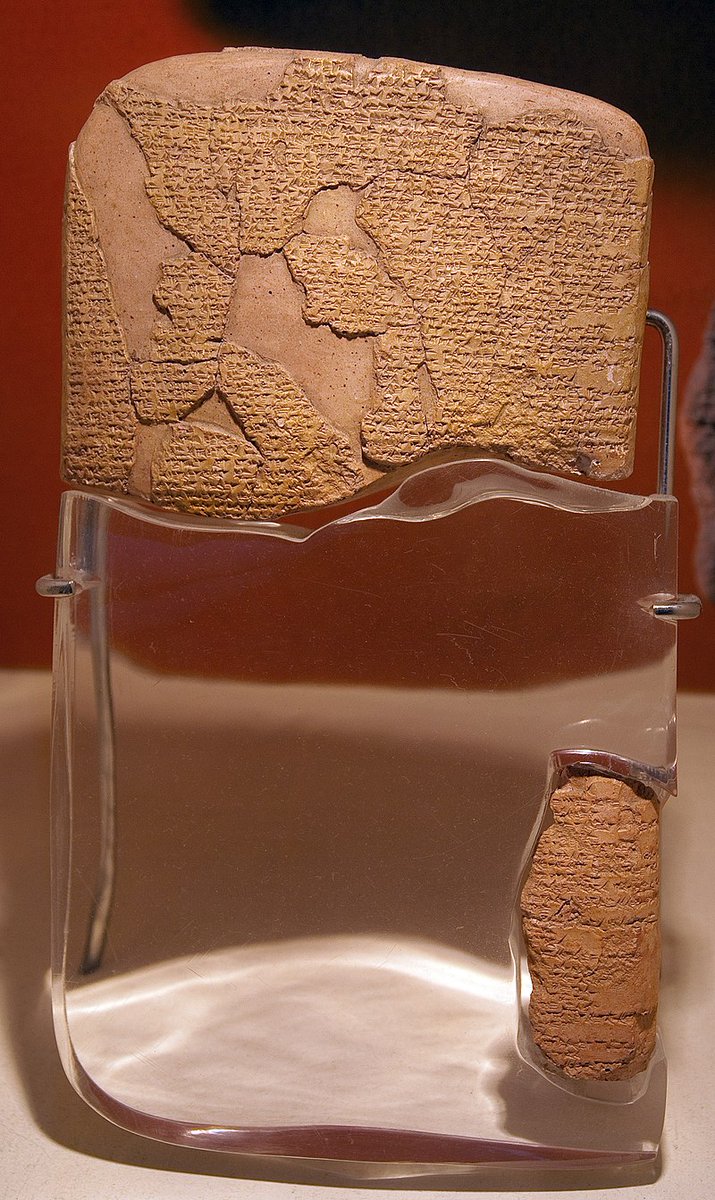#ADDER in #IndoEuropean: #Latin natrix, gen. sg. natrĭcis f. ‘water snake’, #OldIrish nathair, gen. sg. nathrach, #Welsh neidr, pl. nadredd, #OldCornish nader ‘snake’, #OldBreton natrolion pl. ‘basilisks’, #MiddleBreton nazr, azr, #ModernBreton naer ‘snake’, …
1/14
1/14

…#ProtoGermanic *nadraz m. (#Gothic nadrs, #OldNorse naðr, #Icelandic naður), *nēdrōn- f. (#OldEnglish nǣdre, #OldHighGerman nātara, #WestFrisian njirre), *nadrōn- f. (#MiddleEnglish nadder, adder, #OldNorse naðra, #MiddleDutch nadre, adre, #Dutch adder, #German Natter, Otter)
2
2

What do an adder, an apron, and an orange have in common?
If it weren’t for the phenomenon of “rebracketing”, they would all three still be known as nadder, napron (cf. #French napperon), and norange (cf. #Spanish naranja).
3/14
If it weren’t for the phenomenon of “rebracketing”, they would all three still be known as nadder, napron (cf. #French napperon), and norange (cf. #Spanish naranja).
3/14
Comparable to “s-mobile” (
4/
https://twitter.com/PIE_Animals/status/1421062364628193281), the history of a number of European languages has witnessed a sandhi phenomenon that could be called “n-mobile”: in phrases of a determiner ending in -n & words with initial n-, listeners/learners apparently had difficulty…
4/
…getting the word boundary right. The phrase “a+nadder”, for example, was interpreted as “an+adder” and so “nadder” became “adder”. The same phenomenon occurred in Dutch (#MiddleDutch nadre & adre), German (Natter & Otter), and Middle Breton (nazr & azr).
5/14
5/14

The rebracketing (also known as “metanalysis”) worked in the other direction, too. Thus, the #MiddleEnglish ekename (cf. #OldNorse aukanafn) became a nekename (> nickname), and a #MiddleEnglish ewte (cf. #OldEnglish efete) turned into a newte (> newt).
6/14
6/14

But back to our (n)adder: the underlying formation of all forms in 1/ & 2/ seems to be a *natró- (> PGmc. *nadraz), to which a couple of different suffixes were added, e.g. *natrĭk- (> Lat. natrix, OIr. nathair, gen. nathrach), *natrī- (W. neidr), *natrā- (> PGmc. *nadrōn-).
7/14
7/14

Since the evidence is limited to 3 European branches (Celtic, Italic, Germanic), we could be dealing with a regional word. However, *natró- can be given a deeper etymology, namely as derived from a root *(s)neh₁- ‘spin’ (< *‘wind’) or *(s)neh₂- ‘swim’, quasi *(s)nh₁/₂tró-.
8/
8/
PGmc. *nēdrōn- f. ‘adder’ (OE nǣdre, OHG nātara, WFris. njirre) seems to tip the scales (haha) in favor of *(s)neh₁- ‘spin, wind’ as this form might be interpreted as reflecting a full grade formation *(s)neh₁tréh₂-. The meaning would therefore be ‘the winding one’.
9/14
9/14

However, the derivatives of the root *(s)neh₁- are almost exclusively used for spinning and other methods of textile processing: #Latin neō, #Greek νέω (néō) ‘spin’, #OldIrish sníid ‘twists, binds’, #Welsh nyddu ‘spin’, #OldHighGerman nāen ‘sew’, PGmc. *nēþlōn- > needle, etc.
10
10

A derivation from the root *(s)neh₂- ‘swim’ as *(s)nh₂tró- ‘swimmer’ could be accounted for by the fact that snakes of the genus Natrix, otherwise known as “grass snakes” or “water snakes”, live close to water and are gifted swimmers.
11/14
11/14

The adder, i.e. the Common European adder or Common European viper (Vipera berus), too, is a good swimmer and the most widespread venomous snake in Europe. Bites can be very painful, but are seldom fatal. shutterstock.com/video/clip-441…
12/14
12/14
In that case, PGmc. *nēdrōn- f. ‘adder’ (OE nǣdre, OHG nātara, WFris. njirre), confined to West Germanic anyway, would have to be explained as secondary, as indeed some scholars prefer to do for independent reasons.
13/14
13/14
The funny thing about the #OldIrish word nathair ‘snake’ is that only a minority of speakers of OIr. might have actually seen a real serpent in their lives: snakes are famously not native to Ireland. According to legend, they were banished from the island by St. Patrick.
14/14
14/14

• • •
Missing some Tweet in this thread? You can try to
force a refresh












